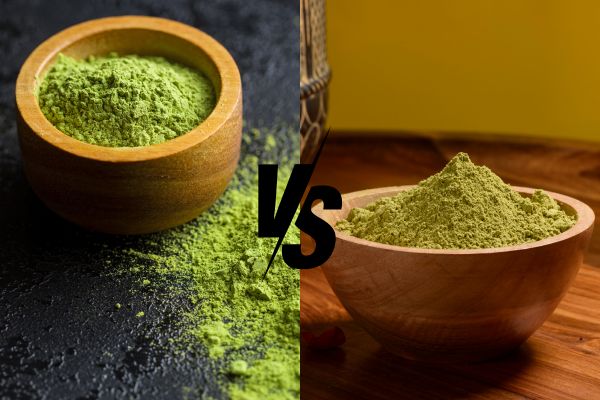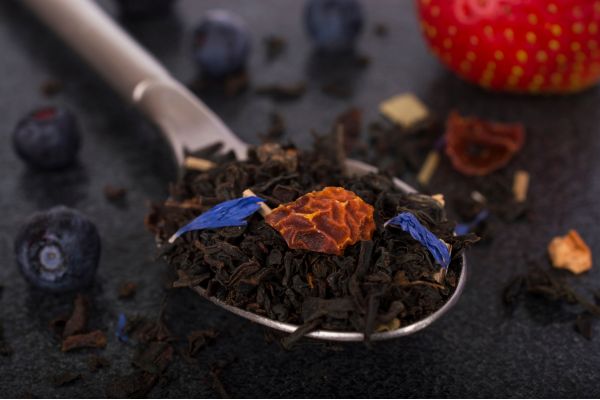I am asked occasionally if water for tea can be heated in a microwave or a coffeemaker. The plain answer is yes. However, my leading question to the inquirer is, does the use of a microwave add to your sense of ritual?
Lu Yu was the first tea master to address these questions. He didn’t have microwaves or coffee pots to deal with, but he did face a society that needed a bit of guidance in making tea properly.
The crude tea practices he encountered in the eighth century included crushing tea in a mortar and making it into a cake before boiling it together with rice, ginger, salt, orange peel, milk, spices—and sometimes onions! In his celebrated work, Holy Scripture of Tea, he gave instruction on tea preparation that transformed tea making from a utilitarian chore into an honored ritual.
With the tea novice and the spirit of Lu Yu in mind, here are seven simple steps to set you on the right path to making good tea.
- Tea kettles and teapots are not the same. This may sound too basic, but I mention it because new tea students often don’t realize they need both utensils. And a microwave does not replace a teakettle! You can control the temperature of water only with a stove-top kettle or an electric kettle.
- Coffeemakers are not designed to make tea. Tea takes time to steep, and coffeemakers are unable to perform that task. Be aware that the oils in coffee will contaminate a vessel after one use and forevermore negate the possibility of making good tea in that container.
- Collect teapots in various sizes. Don’t restrict your search to just English or traditional Western teapots. Asian iron and clay pots hold heat well and are the pots of choice for making green, oolong, and white teas. Display them throughout your home, and see how many conversations they spark.
- Develop a relationship with one or more tea suppliers. Just like parents who want to talk about their children, tea merchants are eager to share the pedigrees of their teas. They yearn to share brewing techniques, water temperatures, and tasting notes with you.
- Be sure your tea is fresh. Ask your merchant how long the tea has been shelved. If it has been on the shelf for more than nine months, leave it for someone else. Buy in small quantities, and buy often.
- Store your tea at home in an airtight container. Tea is like a sponge. Keep it away from odors, heat, moisture, and light. Don’t store tea in the freezer, and store only green teas in the refrigerator.
- Water temperature is key to brewing great tea. When it comes to water temperature, just remember—the blacker the tea, the hotter the water. General guidelines are as follows: white tea 74°, green tea 80°, oolongs 93°, black teas, and herbals 100°. Placing a small amount of hot water in the teapot first to warm it is always good, but be sure to discard that water before adding the tea leaves and the final water.
Tea making should become a ritual for any serious tea student. Like any discipline, it demands consistent practice and attention to detail. When you have mastered these basic steps, tea-making will flow easily from your spirit and infuse you and your guests with serenity.










